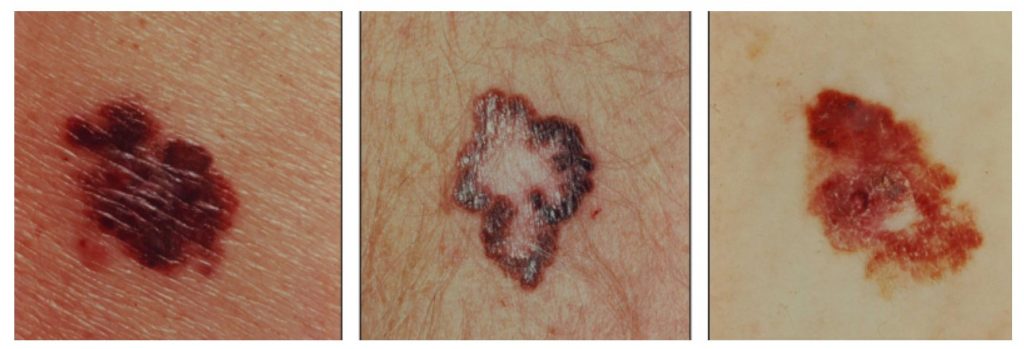All of our pharmacists at Mooloolaba Beach Pharmacy advocate for a healthy, active, outdoor lifestyle and living around Mooloolaba it would be a waste to not spend as much time as possible outside! However, on a beautiful day at the beach it’s easy to overlook the risks that the sun exposes us to. Queensland is the skin cancer capital of the world; in Queensland melanoma has a prevalence of 71 in 100,00 and 2 out of 3 Queenslanders will be diagnosed with a skin cancer by the time they are 70. This is a preventable, life threatening condition and ‘skin cancer capital of the world’ is not a title we should be proud of.
There are three main types of skin cancers, basal cell carcinomas, squamous cell carcinomas and melanomas.

Basal cell carcinomas typically have a ‘pearly’ appearance, but can present in many ways. Sometimes it’s an obvious lesion, other times it’s just a little ‘sore’ that won’t heal.

Squamous cell carcinomas are typically “scally”, but can have look like a wart that scabs over.

Melanomas carry the worst prognosis and can be the hardest to spot.
The mnemonic “ABCDE” can be helpful in deciding between moles and something more sinister.
A – Asymmetrical. Moles should be round!
B – Borders are irregular.
C – Colour changes or different colours within the one mole.
D – Diameter greater than 6mm is more likely to be sinister.
E – Evolution. Is the lesion getting bigger or changing colour?
Most people require a formal skin check every 12 months at an accredited GP or with a dermatologist, but this be more regular if you have a history of skin cancer or multiple risk factors.
These checks are not foolproof and you have much more time to check your own skin than a GP ever will! Ensure you are inspecting your skin thoroughly, at least every 3 months, and taking pictures of spots that you think might be changing! If you spot one, your medical practitioner can look at it with a dermatoscope and decide whether or not a biopsy is necessary!







